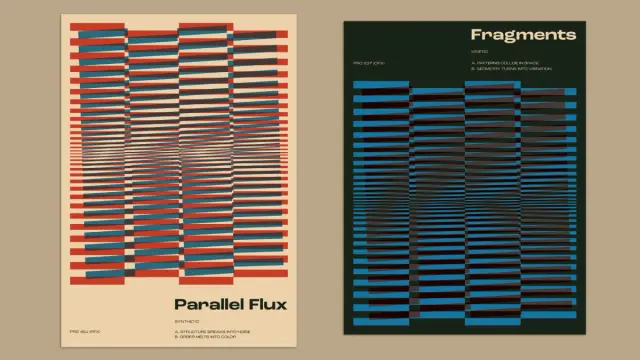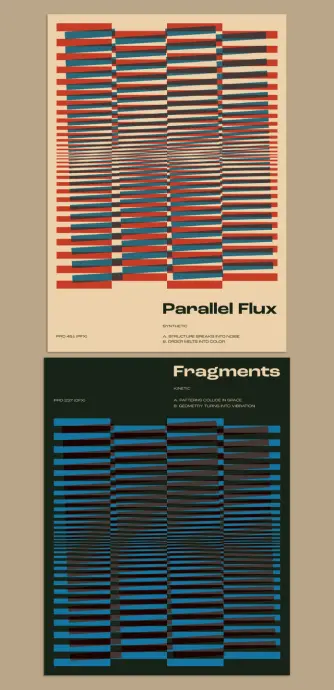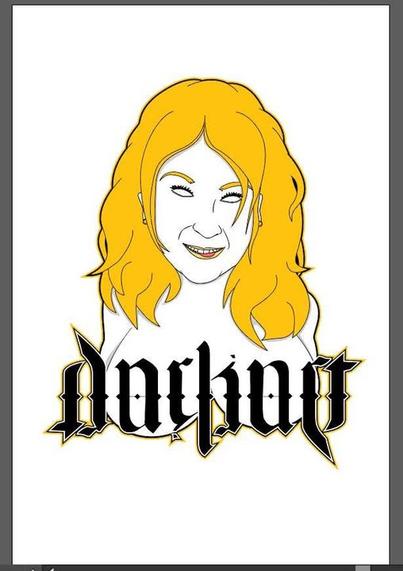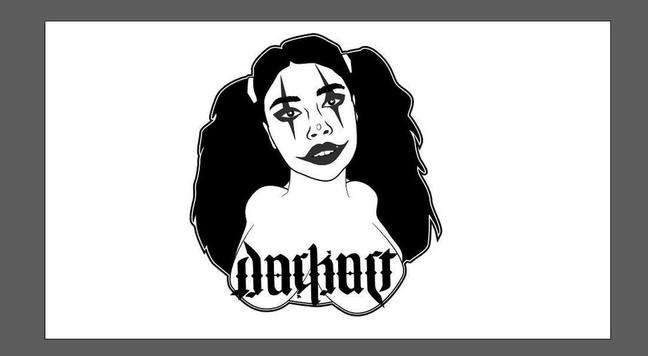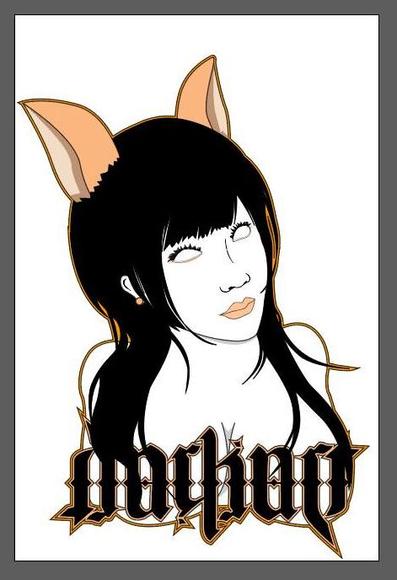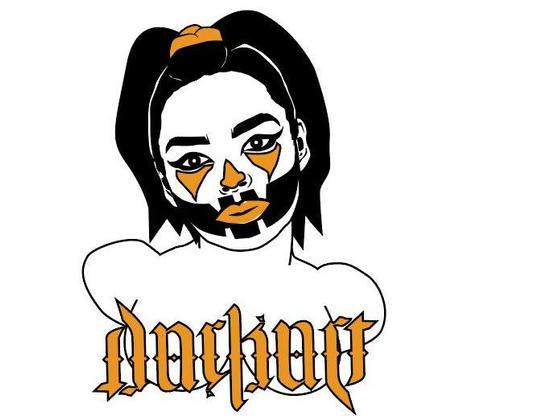Graphic Design Tools Comparison: The Best Software for Designers in 2026
Why You, as a Designer, Should Care Now Which Graphic Design Tool Will Elevate Your Workflow.
Graphic design will be at a crossroads in 2026. Artificial intelligence is reshaping how artwork is created and shared, cloud‑based platforms have matured, and even long‑standing applications are reinventing themselves. Tools that once were little more than digital sketchpads now offer generative features, layout automation, and collaborative workflows. Yet the abundance of options raises a question: which graphic design tools will actually elevate your workflow? This guide compares the leading software at the moment and for 2026, offering practical insights so you can pick the right mix for your needs.
The Changing Landscape: AI Assistants, Cloud Tools, and Ethical Debates
AI-driven services are joining traditional desktop software. Adobe’s Creative Cloud, once synonymous with digital creativity, now includes generative AI features in Illustrator and Photoshop. Canva, a web‑based design platform, has built its own design model and integrated AI assistants across its interface. Meanwhile, newer platforms such as Uizard and Visily generate interface layouts from plain text or screenshots. Not every company embraces this trend; Procreate has publicly rejected generative AI on ethical grounds, arguing that creativity should remain human‑made.
Designers also have to choose between subscription models and one‑time purchases. Affinity, long popular for its perpetual licenses, was acquired by Canva. It relaunched as a free all‑in‑one app with optional AI add‑ons. CorelDRAW introduced a browser‑based edition and improved print workflows, while Sketch and other UI tools are experimenting with cloud collaboration. The landscape is fluid and varied, so a nuanced comparison matters.
Vector Illustration and Layout Tools
Adobe Illustrator 2026
Adobe’s flagship vector tool remains the industry standard. The 2026 release of Adobe Illustrator delivered a refined font browser with better organization and filtering, enhanced color gradients with dithering and perceptual blending, more precise snapping options, and lockable colored artboards. A Turntable feature lets artists view 2‑D artwork from multiple angles, hinting at an AR‑ready future. Cloud collaboration is improved through Projects, enabling teams to work simultaneously and access Firefly‑generated images directly within Illustrator. The integration of Adobe Express templates also streamlines social media design workflows. While Illustrator requires an ongoing subscription, these updates reinforce its relevance for professional illustrators and packaging designers.
Affinity by Canva
Affinity Designer, Photo, and Publisher once stood out for their one‑time price. After Canva’s 2024 acquisition, the three apps have been merged into one free platform with vector, pixel, and layout modes. Users can toggle between modes and mix tools, benefiting from a universal file format. Canva’s integration means you can export directly to your Canva account or pull in AI‑powered tools such as generative fill, background removal, and instant copy—though these features require a Canva Premium plan. Critics worry that essential features could move behind a paywall. If you want a free professional‑grade suite and are comfortable with the Canva ecosystem, Affinity is compelling.
CorelDRAW 2025/2026
Well, CorelDRAW hasn’t released a dedicated 2026 version, but the March 2025 update signals its direction. CorelDRAW Web provides a full design environment in a browser, letting you start a project on the desktop, edit it at a client meeting on your laptop, then continue at home. Projects stay in sync via the cloud, and non‑destructive effects ensure original assets remain intact. The update also introduces Print to PDF, giving designers fine‑grained control over separations and imposition for professional printing. These tools suggest CorelDRAW is repositioning itself as a hybrid desktop‑web solution. Pricing remains subscription‑based, but occasional perpetual licenses are still offered.
Inkscape and Other Open‑Source Options
Open‑source stalwarts like Inkscape and Krita continue to evolve. Inkscape remains a capable vector editor with extensive tools and unlimited undo. Krita offers digital painting features and custom brushes. They lack the AI features of commercial tools but provide cost‑free alternatives for students and hobbyists.
Sketch
Although Sketch pioneered modern UI design on macOS, the tool is now focusing on cloud collaboration. Its Stacks layout system and cross‑platform web app simplify teamwork. Sketch remains vector‑centric and intuitive, though it only runs on macOS.
Photo Editing and Digital Painting Tools
Adobe Photoshop 2026
Photoshop 2026 is anchored by AI. It’s a must-have in our list of the best graphic design tools for 2026. A Topaz Gigapixel integration upscales images to 56 megapixels, while an AI‑based denoise reduces noise but consumes generative credits. The new Color and Vibrance adjustment layer matches Lightroom’s controls for easier color grading. The Harmonize tool blends composites by matching lighting and shadows. Generative Fill now offers partner models like Nano Banana and Flux.1 and includes Agentic AI features in Photoshop Web. Adobe also improved Select Subject and Remove Background for faster masking. While some designers lament Adobe’s subscription model, the AI‑driven productivity gains are hard to ignore.
Procreate and Procreate Dreams
On the iPad, Procreate remains beloved for natural drawing. The Procreate 5.4 update introduced a major brush overhaul with 18 handcrafted brush sets and customizable brush libraries. Procreate’s team brought on renowned brush designer Kyle T. Webster to refine the collection. Users can build their own brush libraries and search quickly. Notably, Procreate publicly pledged never to integrate generative AI, arguing that AI undermines human creativity. If you value traditional drawing and a one‑time purchase model, Procreate is still a standout, though you’ll have to forego AI automation.
GIMP, Pixlr, and Other Alternatives
For those needing a cost‑free Photoshop alternative, GIMP remains a strong contender. It offers photo editing and digital retouching with a customizable interface. Pixlr provides simple online photo editing, while Photo Pos Pro caters to beginners. None match Photoshop’s AI‑driven features, but they deliver solid value.
Layout and Publishing Tools
Adobe InDesign 2026
InDesign’s 2026 update is ambitious. The AI‑powered Creative Assistant suggests layout and composition based on your past designs and can follow natural‑language commands—type a description of your desired layout, and the assistant arranges elements accordingly. The tool ensures consistent styles across long documents and automates content adaptation for different formats. Extended reality support allows designers to preview layouts in augmented or mixed reality. Enhanced automation, contrast checkers, and content classification streamline accessibility and cross‑media publishing. InDesign’s performance improvements (advertised as up to 10× faster) may appeal to magazine and book designers. However, some print designers might prefer Affinity or Canva if they cannot justify the subscription.
Canva Web Platform
Canva isn’t just a beginner’s tool anymore. In late 2025, the company launched its own design model that generates designs with editable layers across multiple formats. Its AI assistant now works everywhere, offering media suggestions when mentioned in comments. Users can generate 3D objects and mimic the art style of any design. Canva also added spreadsheet integration to build data‑driven design widgets and launched Canva Grow, a marketing platform that combines AI‑generated content and analytics. These features broaden Canva’s appeal from social media posts to professional email campaigns and data dashboards. If you need quick, on‑brand output with minimal learning, Canva is powerful—especially when combined with the new Affinity integration.
UI/UX Design and Prototyping Tools
Figma
Figma continues to dominate interface design. In 2025, it introduced Figma Draw, an AI‑assisted vector network that repairs broken paths. Auto Layout uses AI to infer constraints, and the tool suggests color palettes and text styles. The Code Connect feature surfaces React and Swift snippets that correspond to selected layers. Figma Make generates fully interactive prototypes from minimal input, while new tools like Figma Sites allow designers to publish entire websites, and Figma Buzz supports team announcements. The Jam tool adds an AI chat assistant, Jambot, that can summarise meetings or brainstorm. Pricing tiers remain flexible, with features like anonymous viewers and per‑file Editors to make enterprise adoption easier.
Sketch, Proto.io, and Adobe XD
Sketch remains Mac‑only but offers intuitive vector editing and improved component management, plus a Stacks layout system for responsive designs. The tool pairs with a web app for cross‑platform collaboration. Proto.io is an accessible web‑based tool with drag‑and‑drop components, a large template library, and an AI asset generator that streamlines prototyping. It integrates with Figma and other tools and offers affordable pricing. Adobe XD, once a standard, is now in maintenance mode. It still offers vector editing, UI kits, voice prototyping, and design specs for handoff, but Adobe has shifted investment to Firefly AI and other projects; XD is available only through the Creative Cloud Pro plan. Designers invested in Adobe may maintain XD, but new projects might favor Figma or emerging AI tools.
UXPin and Marvel
UXPin focuses on design system integrity and accessibility. It includes built‑in UI libraries, interactive components, user flow tools, a contrast checker and color blindness simulator, plus developer handoff and AI‑powered merge components. Pricing tiers cover individuals and teams. Marvel is a simple, web‑based tool that offers wireframing and user testing with integration for Figma and Sketch. Both are suitable for smaller teams or teaching environments.
Visily and Uizard
AI‑driven UI builders are becoming mainstream. Visily converts text descriptions or screenshots into editable wireframes and includes instant restyling and AI‑generated flow diagrams. It offers over 1,500 templates and a free tier with affordable paid plans. Uizard goes further with AutoDesigner 2.0. It transforms sketches or prompts into designed screens and can import hand‑drawn wireframes, generate UI copy, and scan existing apps for inspiration. The platform also includes AI suggestions for layout and design fixes. These tools democratize interface design but may not fit complex enterprise workflows yet.
Zeplin, Origami Studio, and Google Stitch
Zeplin is no longer just a handoff tool. Its Global Styleguides, Flows, and AI Organize features keep design systems tidy, and AI Design Review checks for alignment issues. Zeplin exports layouts to React, Flutter, and Swift code and integrates with AI coding assistants to generate components. Origami Studio, developed by Meta, is a free prototyping tool with a patch editor, drag‑and‑drop canvas, and live Figma syncing. Google Stitch, a beta product, uses AI to convert sketches or prompts into UI layouts, with Figma integration and code export. Each caters to designers who need specialized functionality without a full design suite.
AI and Generative Design Platforms
Adobe Firefly and Magic Studio
AI‑powered content generation is quickly becoming standard. Adobe’s Firefly suite now appears across Illustrator, Photoshop, and Express. Firefly generates vector shapes, patterns, and textures directly within Illustrator, while Express uses it to create social media assets and brand kits. Canva Magic Studio—part of Canva’s AI offerings—auto‑generates refined templates based on text and media, cleans up layouts, and produces brand kits. Canva’s design model also supports editing generated art by breaking it into layers. The company positions AI not as a replacement, but as a co‑designer that accelerates drafts.
ChatGPT + DALL·E and Runway ML
Generative text and image models aren’t limited to design suites. Many designers incorporate ChatGPT plus DALL·E to brainstorm concepts, generate mood boards, and produce initial visuals. For video and motion design, Runway ML offers Gen‑4, a high‑fidelity video generator that can create scenes with consistent characters and coherent environments based on reference images and textual instructions. Runway’s model maintains subject, style, and location consistency across frames. The tool is targeted at filmmakers and motion designers, but hints at a future where designers can prototype motion graphics directly from ideas.
Choosing the Right Graphic Design Tools
With so many options, how do you decide which graphic design tools fit your workflow? Consider these factors:
Purpose and medium. Are you illustrating logos, editing photos, laying out brochures, designing websites, or prototyping apps? Tools like Illustrator or Inkscape excel at vectors, while Photoshop or GIMP handle photo manipulation. Figma or Uizard suit interface design, whereas InDesign focuses on multi‑page layouts.AI appetite. Do you want AI to co‑design with you? If yes, look at Adobe’s Firefly integration, Canva’s Magic Studio, or AI builders like Uizard and Visily. If you’re wary of AI, Procreate’s pledge to avoid generative AI might appeal.Budget and licensing model. Subscriptions (Adobe Creative Cloud, CorelDRAW) offer frequent updates and cloud services but add recurring costs. Affinity’s new free model is attractive, but AI features require a premium plan. Open‑source tools like Inkscape and GIMP are free but may lack support.Collaboration needs. Remote teams might prioritize Figma’s browser‑based collaboration, CorelDRAW Web, or Sketch’s web app. For developer handoff and design system management, Zeplin or UXPin may save time.Platform. Windows, macOS, iPad, and browser support vary. Ensure your preferred tool runs on your hardware and integrates with your file systems.In Perspective: A Future Shaped by Choice and Creativity
The best graphic design tools for 2026 aren’t defined by a single feature or brand. They reflect your style, your business model, and your comfort with AI. The rise of generative models means you can sketch a layout with words, then refine it manually. Traditionalists can still find joy in drawing with Procreate or sculpting vectors in Inkscape. Hybrid suites like Affinity by Canva blur the line between desktop and web, while industry giants like Adobe continue to push AI integration.
As you explore new tools, ask yourself: Do I want a co‑creator or a blank canvas? How much control do I need over every pixel, and how much am I willing to delegate to automation? The answers will guide you toward a mix of software that nurtures your creativity and supports your workflow. Remember that technology is a means to an end; your ideas and vision remain the true drivers of great design.
Feel free to browse WE AND THE COLOR’s AI and Graphic Design sections for more.
Subscribe to our newsletter!
[newsletter_form type=”minimal”]
#adobe #adobeIllustrator #AdobeInDesign #Canva #design #designSoftware #designTools #figma #graphicDesignTools #photoshop #software
